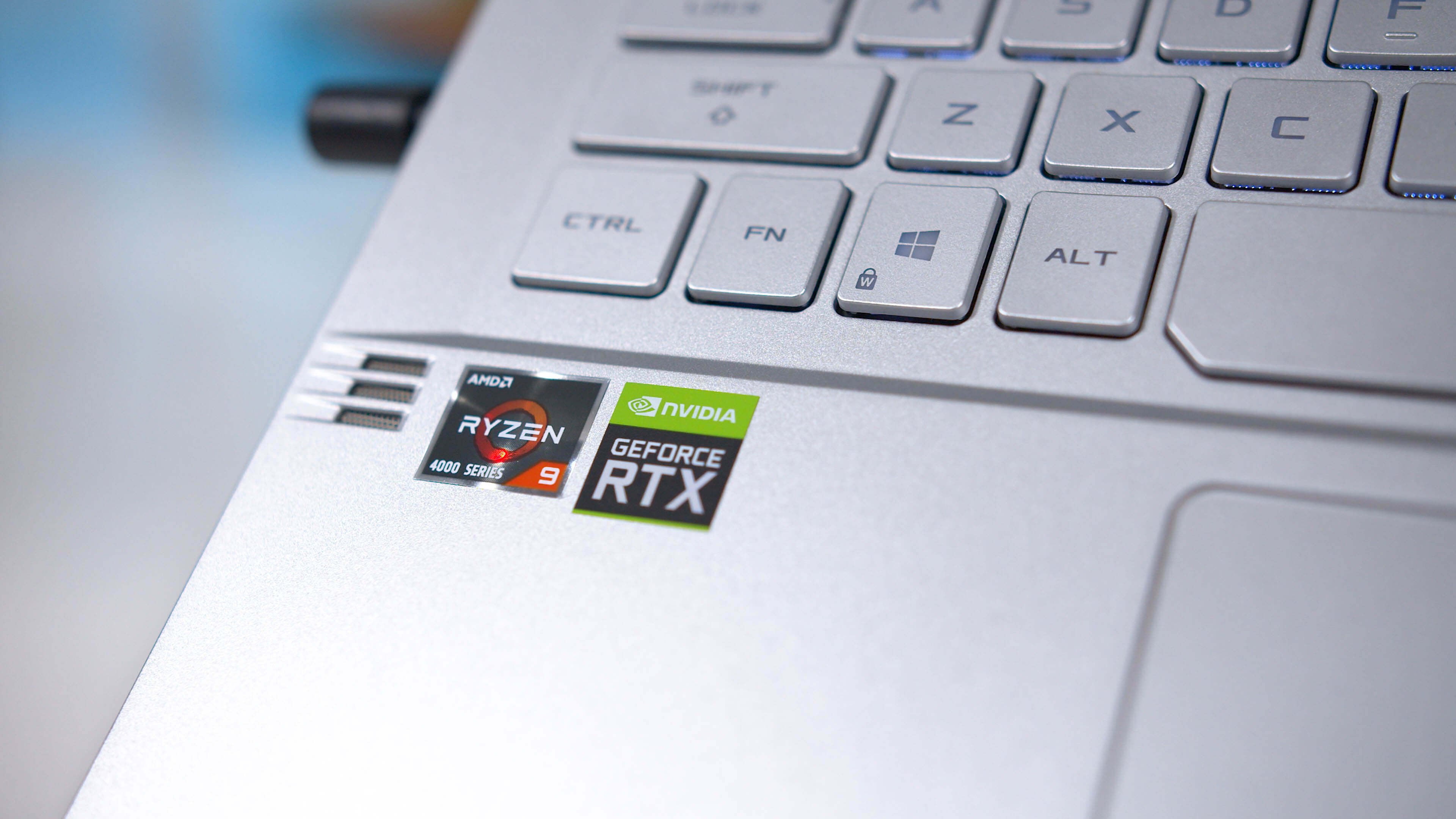- Joined
- Oct 9, 2007
- Messages
- 47,853 (7.39/day)
- Location
- Dublin, Ireland
| System Name | RBMK-1000 |
|---|---|
| Processor | AMD Ryzen 7 5700G |
| Motherboard | Gigabyte B550 AORUS Elite V2 |
| Cooling | DeepCool Gammax L240 V2 |
| Memory | 2x 16GB DDR4-3200 |
| Video Card(s) | Galax RTX 4070 Ti EX |
| Storage | Samsung 990 1TB |
| Display(s) | BenQ 1440p 60 Hz 27-inch |
| Case | Corsair Carbide 100R |
| Audio Device(s) | ASUS SupremeFX S1220A |
| Power Supply | Cooler Master MWE Gold 650W |
| Mouse | ASUS ROG Strix Impact |
| Keyboard | Gamdias Hermes E2 |
| Software | Windows 11 Pro |
In what is possibly the first taste of Intel's Gen12 Xe iGPU running a AAA game, Ryan Shrout, chief performance strategist at Intel, showed off a prototype notebook running a "Tiger Lake" processor that is playing "Battlefield V" by itself (without discrete graphics). "Perks of the job! Took a prototype Tiger Lake system for a spin on Battlefield V to stretch its legs. Impressive thin and light gaming perf with Xe graphics! Early drivers/sw, but it's the first time I've seen this game run like this on integrated gfx. More later this year!," said Shrout.
The gameplay video (linked as source below), shows a playable experience for "Battlefield V" with Gen12 Xe, with 1080p at around 30 Hz. It only serves to appetize us for what would come next, when Intel scales up this IP to discrete GPUs. The Gen12 Xe iGPU appears capable of e-sports gaming with the right settings, and could spell serious trouble for cheap dGPU solutions such as the GeForce MX series or Radeon RX 530 series.


View at TechPowerUp Main Site
The gameplay video (linked as source below), shows a playable experience for "Battlefield V" with Gen12 Xe, with 1080p at around 30 Hz. It only serves to appetize us for what would come next, when Intel scales up this IP to discrete GPUs. The Gen12 Xe iGPU appears capable of e-sports gaming with the right settings, and could spell serious trouble for cheap dGPU solutions such as the GeForce MX series or Radeon RX 530 series.


View at TechPowerUp Main Site







